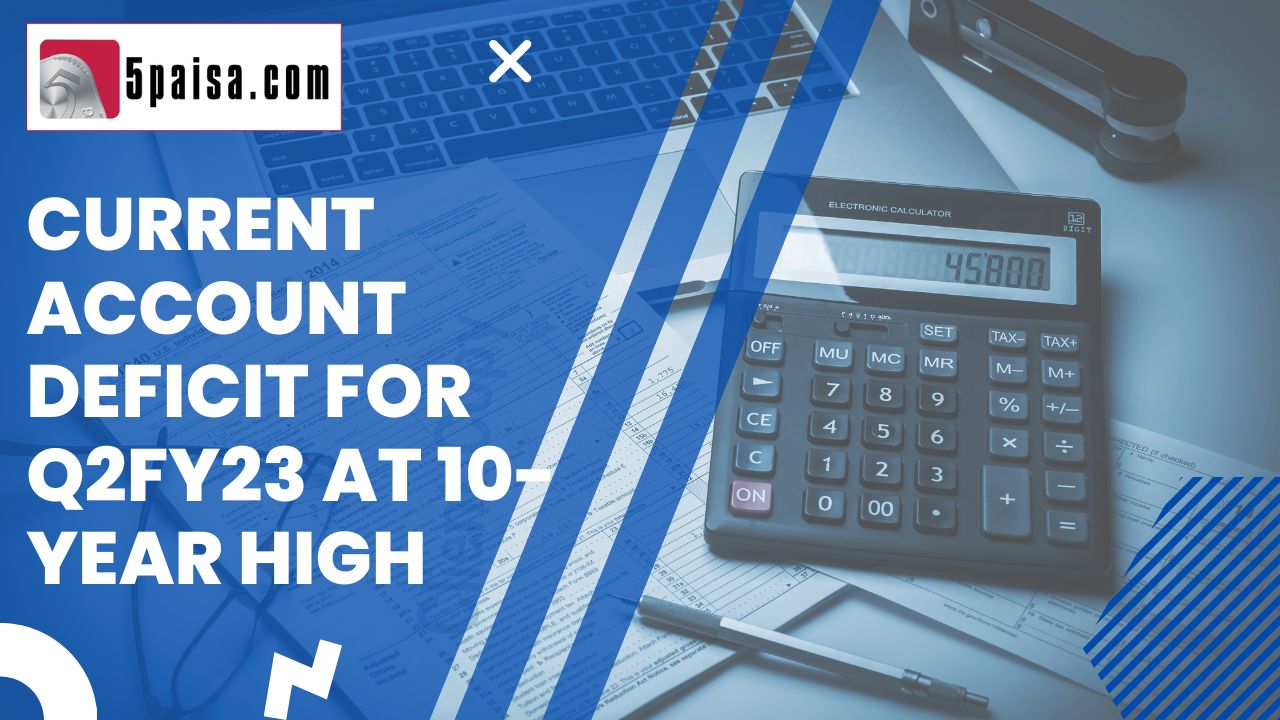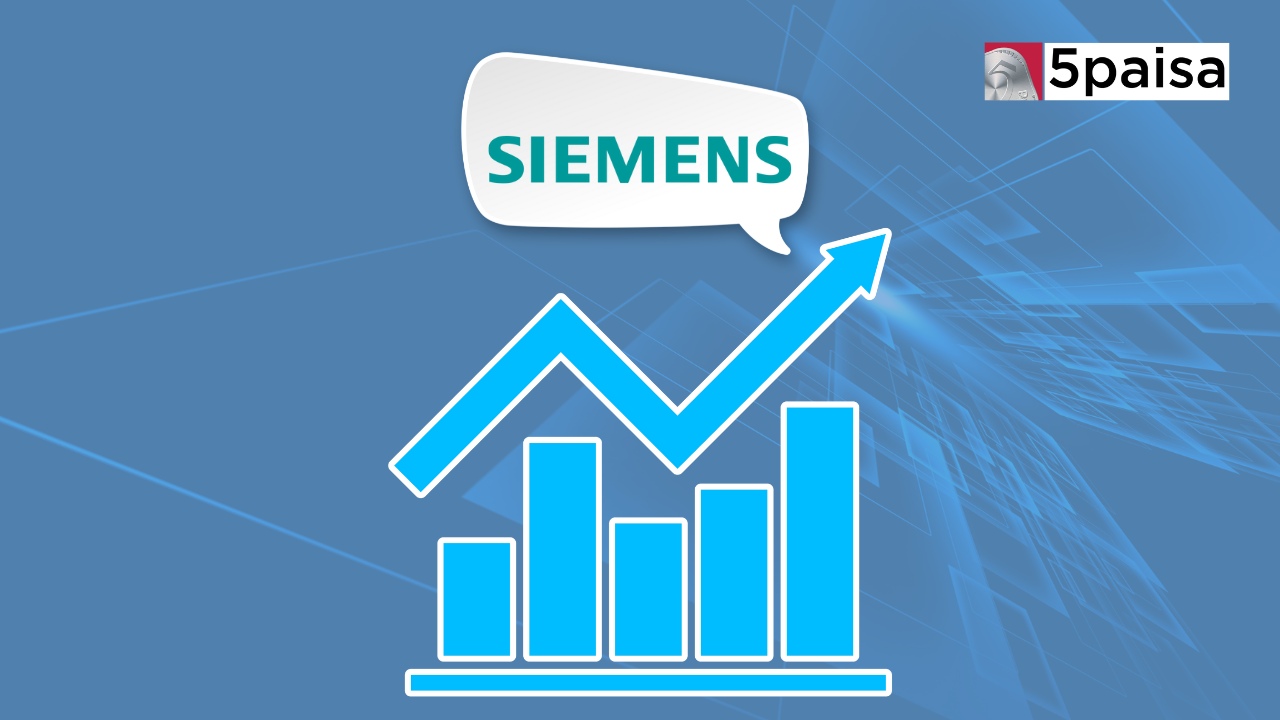Current account deficit for Q2FY23 to touch 10-year high

The current account deficit for the Indian economy is normally announced with a lag of 3 months. On the last working day of December, the current account deficit for the quarter ended September 2022 will be announced by the RBI. However, Reuters has conducted its poll and released its first survey of economists for the likely current account deficit (CAD) for the second quarter. According to Reuters, the CAD for the September quarter could be close to 4.3% of GDP. That would be the highest level in nearly ten years, which such elevated levels of current account deficit last seen during the currency crisis of 2013. Elevated commodity prices and a weak rupee are likely to have widened the CAD in the quarter.
The problem of higher trade deficit, translating into higher overall deficit and that in turn translating into a higher current account deficit has been an acute problem in the Indian context. One of the key reasons is that there has been a sharp revival in demand in the Indian economy and that led a surge in imports. This widened the trade deficit and also the current account deficit, which is largely an extension of the trade deficit levels. The sharp recovery in the Indian economy in the aftermath of the COVID-19 pandemic also resulted in a shortfall in domestic supply, which had to be filled up with imports. That was a key driver and in the September quarter, that is expected to have sharply driven CAD higher.
If rising imports was one side of the story, falling exports due to global demand weakness was another key aspect to this story. With the US, UK and the EU likely to dip into recession, there has been a hesitation in corporate demand and consumer spending in these countries. That has had a deep impact on sectors like textiles and plastic which have seen a sharp fall in exports in the last few months. In fact, exports had shrunk to a 20-month low in October 2022, even dipping below the psychological $30 billion mark. Reuters estimates current account deficit for Q2FY23 at $35.5 billion for the September 2022 quarter, which effectively translates into 4.3% of GDP, the worst in a decade.
Even as oil imports have tapered due to fall in price, that is being compensated with a spurt in volumes. It is not just oil, but even the demand for non-oil imports is rising and is expected to continue to increase even as the global slowdown looks all set to impact demand for exports. Some of the economists and even banks are still harping on the 3.3% to 3.5% current account deficit theory. But, that now looks impractical for the second quarter and even the full year numbers for CAD could be fairly disappointing. Let us understand where the full year current account deficit numbers could gravitate towards.
Why current account deficit for FY23 could worsen?
A slew of economists have been projecting a CAD at the level of $100 billion for the full year FY23. That is about 3% of GDP and not only looks optimistic but even looks naïve. A very simple extrapolation would tell you why such optimistic estimates are wrong. The overall trade deficit, which combines the merchandise trade deficit and the services trade surplus is the closest approximation for current account deficit That figure has surged from $87.16 billion in September 2022 to $98.52 billion in October 2022 and further to $111.03 billion in November 2022 on a cumulative basis for FY23. At this run rate, the overall deficit could end up closer to $170 billion for FY23, with serious ramifications for the current account deficit.
|
Particulars |
Exports FY23 ($ bn) |
Imports FY23 ($ bn) |
Surplus / Deficit ($ bn) |
|
Merchandise trade |
$295.26 bn |
$493.61 bn |
$(-198.35) bn |
|
Services Trade # |
$204.41 bn |
$117.09 bn |
$+87.32 bn |
|
Overall Trade |
$499.67 bn |
$610.70 bn |
$(-111.03) bn |
Data Source: DGFT
At the current run, India closes FY23 with overall deficit of $170 billion (including the merchandise trade deficit adjusted for the services trade surplus). That approximately translates into a current account deficit or CAD of more than 4.5% of GDP, so even the 4.3% estimate of Reuters looks conservative. India is likely to end FY23 with merchandise trade deficit of around $310 billion. That implies a lot of imported inflation which will worsen the CPI inflation levels. Even the USDINR in the range of 82-83/$, could come under pressure. The bottom line is that the CAD for the second quarter and also for the full year FY23 is likely to be much steeper than originally anticipated.
Real problem is much more acute
The crux of the problem this time around is that if the global recession takes roots fully, then even the demand for software services would come under pressure and IT companies are already warning about that. The RBI is likely to be near the end of its rate hike cycle and in such cases if the US Fed persists for another 75 to 100 bps, then it looks like any recovery in the Indian rupee is almost ruled out for the time being. We could see a rapid upward movement of CAD estimates. Economists and analysts are preparing for higher than anticipated global oil prices and increased geopolitical tensions. That means; more inflation and a weaker rupee than originally envisaged. Clearly, CAD is not looking pretty.
Disclaimer: Investment/Trading in securities Market is subject to market risk, past performance is not a guarantee of future performance. The risk of loss in trading and investment in Securities markets including Equites and Derivatives can be substantial.
 Tanushree Jaiswal
Tanushree Jaiswal



